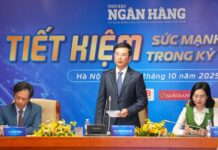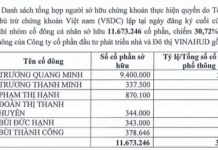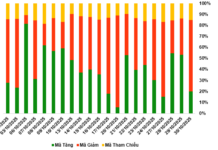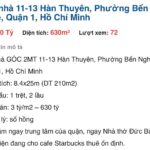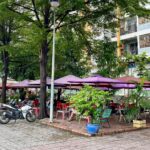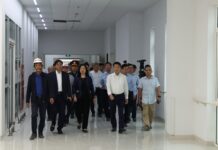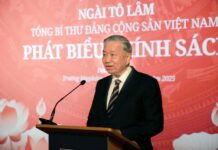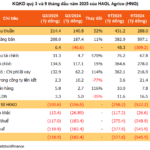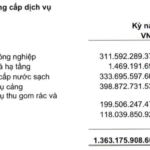“This is a massive project that requires the mobilization of the people’s strength. With the people’s strength, we will surely be able to accomplish great things, even projects worth hundreds of billions of dollars,” said Mr. Phan Van Mai at a dialogue session with delegates from the Vietnam Fatherland Front Committee of Ho Chi Minh City on the morning of October 3rd.
The proposal for the urban railway system aims to complete 183 km of metro lines in Ho Chi Minh City by 2035, requiring an estimated investment of USD 36 billion. According to Mr. Mai, the mechanism allows Ho Chi Minh City to issue urban railway bonds, and he hopes that people will buy them and contribute to the funding. Authorities will carefully calculate to efficiently exploit the land fund along the metro routes, combining the positive impact of the project on the economy and society, so that the city will have a good budget to return benefits to its citizens.
 Chairman of the People’s Committee of Ho Chi Minh City, Mr. Phan Van Mai, at the dialogue with delegates from the Vietnam Fatherland Front Committee of Ho Chi Minh City, on the morning of October 3rd. Photo: An Phuong
|
“People may get higher interest rates by depositing money in banks, but buying these bonds means contributing to the city’s development,” said Mr. Mai, adding that the issuance of railway bonds will be one of the breakthrough solutions to mobilize social resources for infrastructure investment and urban space restructuring.
The city has planned eight metro lines and three ground-level electric rail lines (single-rail railways), totaling about 220 km in length. Currently, Line 1 (Ben Thanh – Suoi Tien) and Line 2 (Ben Thanh – Tham Luong), with a total length of over 30 km, have been implemented using ODA capital through the central budget allocation mechanism. The remaining lines have not been invested in and are in the process of being constructed and完善 the proposal.
 Ben Thanh – Suoi Tien Metro trains assembled at the Long Binh depot, Thu Duc City, in June 2024. Photo: Quynh Tran |
In the proposal for the development of the urban railway system, Ho Chi Minh City proposed 14 mechanisms to the Central Government, including some contents to help the city mobilize capital for the 200 km metro system. Specifically, Ho Chi Minh City and Hanoi are allowed to carry out land retrieval for the overall project of the urban railway system and the development of urban areas adjacent to stations to implement the TOD model (Transit-Oriented Development) immediately after the investment policy for the project is decided by the National Assembly.
At the same time, the locality is allowed to auction land use rights for the development of TOD urban area projects according to the detailed planning at a scale of 1/500 and to use all the money received to invest directly in the urban railway project. Ho Chi Minh City is expected to raise USD 40 billion from this source, part of which will be used to invest in the metro system.
The city also proposed to the Central Government to allow the issuance of local government bonds, project bonds, or other forms of capital mobilization without depending on the public debt ceiling to invest in the metro network. The interest rate of the bonds will be decided by the two localities, ensuring repayment ability based on their financial capacity.
Le Tuyet
The Golden Land on Han Thuyen Street Remains Vacant a Month After Starbucks Reserve’s Departure, Owner Offers to Sell at a Hefty Price of $134,500/sq. m.
After a month of struggling to find tenants, some brokerage firms have decided to adjust their terms: Rent prices are now negotiable.
The Condo Land Grab: Dismantling and Restoring the Site to its Original State by October 4, 2024.
Residents of C5 and C6 apartment buildings have reached out to the *NLD* (Người Lao Động) newspaper, highlighting the issue of unauthorized encroachment on their communal land for commercial purposes.





